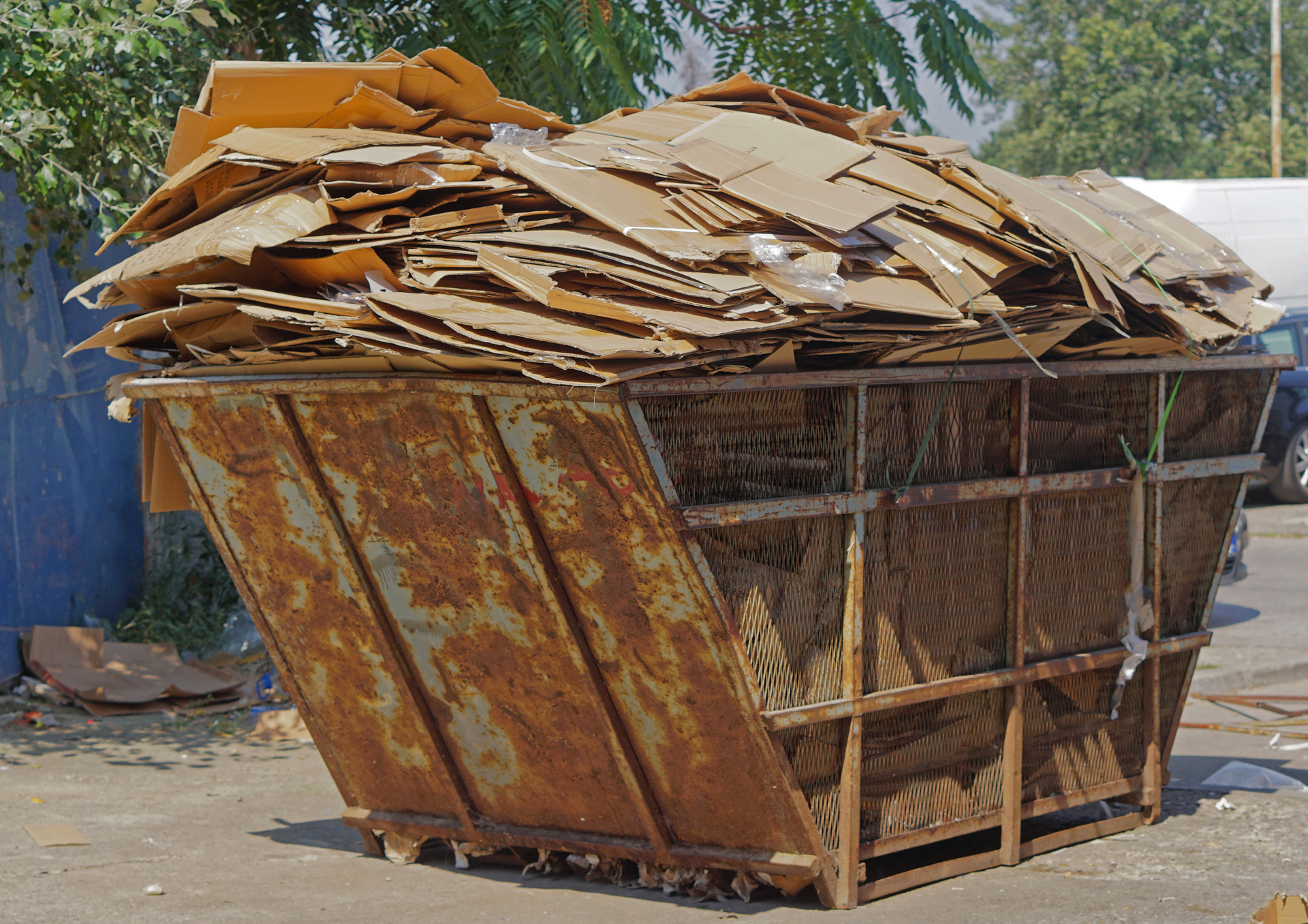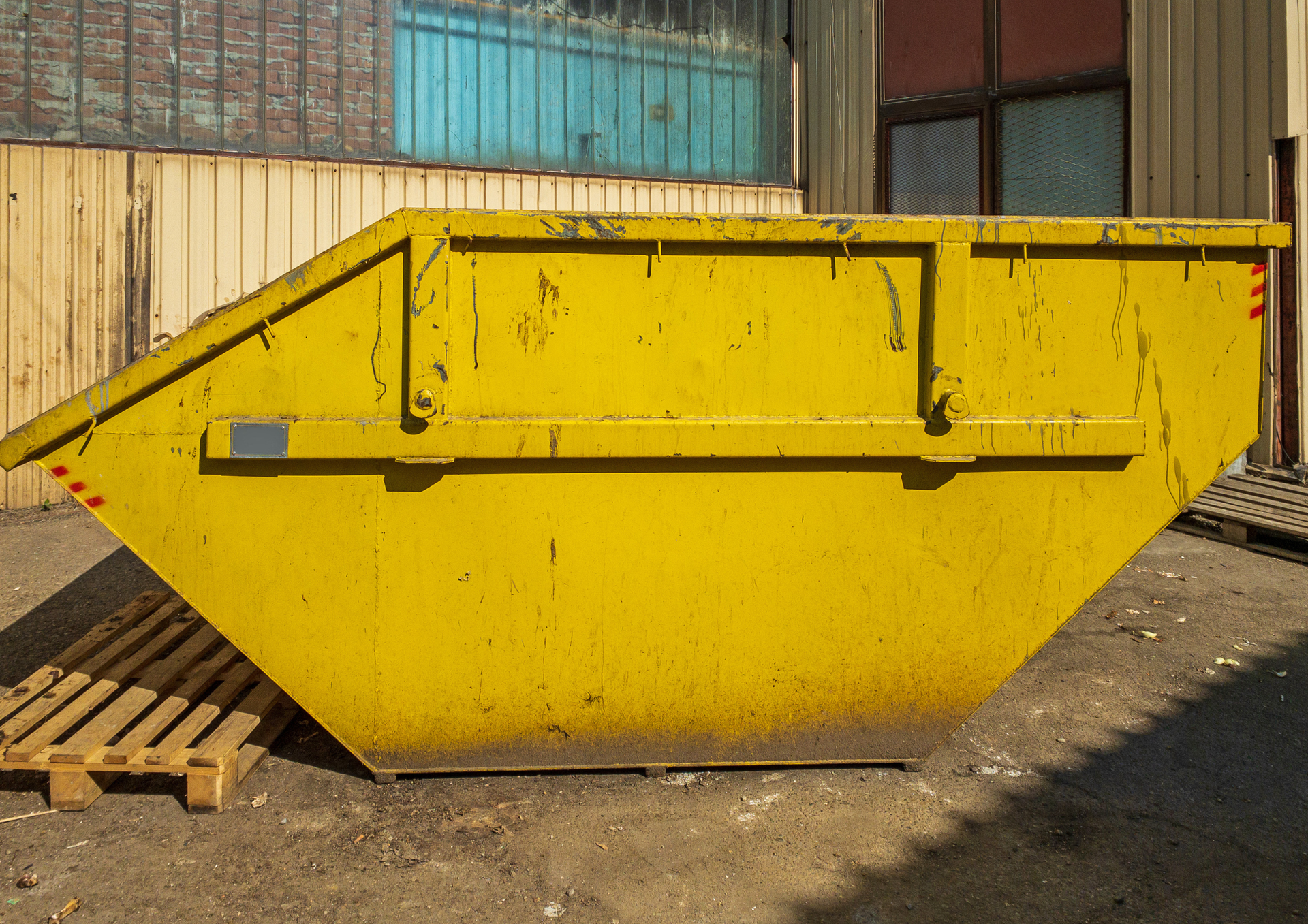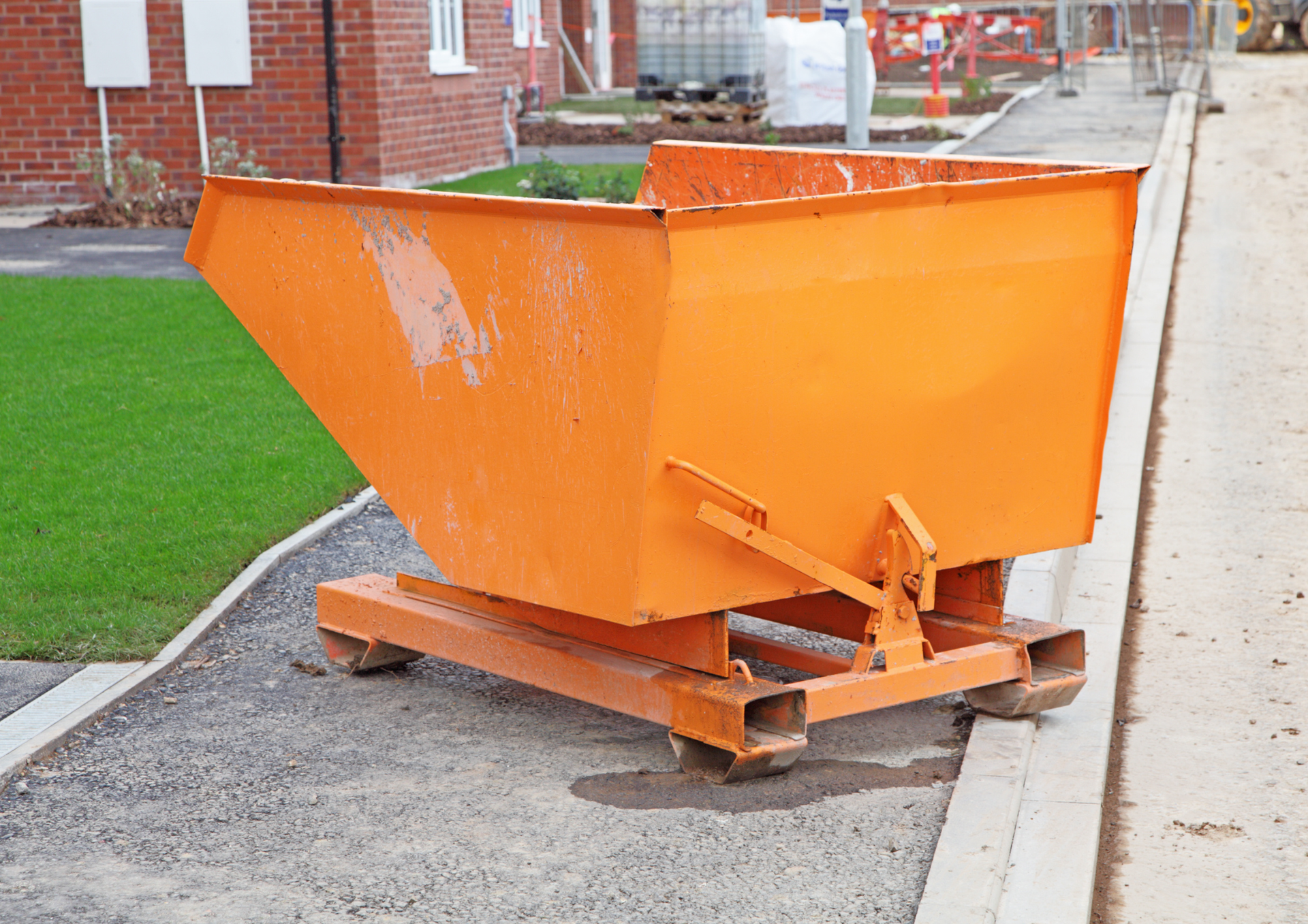How to Properly Fill a Skip: Tips from Skip Hire Leicester
When hiring a skip, knowing how to fill it correctly can save you time, money, and unnecessary hassle. Whether you’re undertaking a home renovation or clearing out business premises, properly filling your skip ensures you maximise space, comply with regulations, and dispose of waste responsibly. Here are some expert tips from Skip Hire Leicester to help you make the most of your skip.
Step 1: Plan Your Waste Disposal
Before you start filling your skip, take a moment to plan how you’ll organise your waste.
- Sort your items: Separate materials into categories such as recyclables, general waste, and hazardous materials.
- Check for prohibited items: Many skips do not allow materials such as batteries, chemicals, or electrical appliances. Be sure to review the list of banned items provided by your skip hire company.
Good planning ensures you don’t accidentally overload your skip with items that require specialised disposal.
Step 2: Place Large and Heavy Items First
Start by loading the largest and heaviest items, such as furniture or building debris, at the bottom of the skip. This creates a stable base and prevents lighter items from being crushed.
- Arrange items flat: Avoid throwing in bulky items haphazardly. Instead, place them as flat as possible to save space.
- Fill gaps: Tuck smaller objects around heavy items to maximise the available room.
Step 3: Break Down Larger Items
Maximise your skip’s capacity by dismantling bulky items where possible.
- Disassemble furniture: Remove legs from tables and flatten boxes to minimise wasted space.
- Cut materials to size: Breaking wood or pipes into smaller sections can make them easier to stack neatly.
Taking a little extra time to break down items ensures you can fit more into your skip.
Step 4: Distribute Weight Evenly
Proper weight distribution is not only practical but also essential for safety during transport.
- Avoid overloading one side: Spread heavy items evenly throughout the skip.
- Layer your waste: Place heavier objects at the bottom and lighter waste on top.
This practice keeps the skip balanced and stable, reducing the risk of accidents.
Step 5: Avoid Overfilling the Skip
While it might be tempting to pile items above the skip’s rim, doing so is both unsafe and illegal.
- Stay within the skip’s capacity: Overfilled skips are dangerous to transport and may result in additional charges or fines.
- Level off your load: Ensure your waste is neatly packed to avoid spillage during collection.
When in doubt, contact your skip hire provider for advice on the appropriate skip size for your needs.
Common Mistakes to Avoid
Filling a skip improperly can lead to complications and extra costs. Here are a few errors to steer clear of:
- Adding prohibited items: Items such as asbestos, tyres, or paint require specialist disposal and must not be placed in your skip.
- Ignoring weight limits: Overloading your skip can make it unsafe for transport and may lead to refusal of service.
- Mixing waste types: If you’ve hired a skip for a specific material, such as soil or rubble, avoid mixing in other waste types to comply with regulations.
Filling a skip properly is crucial for efficient waste management and safety. By planning your waste disposal, organising items logically, and adhering to guidelines, you can ensure a hassle-free skip hire experience. Always follow the rules set by your provider and seek advice if you’re unsure about any aspect of skip usage.
At Skip Hire Leicester, we pride ourselves on offering a professional and reliable service tailored to meet your needs. Our team is dedicated to ensuring you have the right skip for your project and clear guidance on proper usage. We adhere to all local regulations, ensuring your waste is disposed of responsibly and sustainably. With competitive pricing, prompt delivery, and exceptional customer support, we’re the top choice for skip hire in Leicester.
Check our GBP update on how to properly fill a skip.




